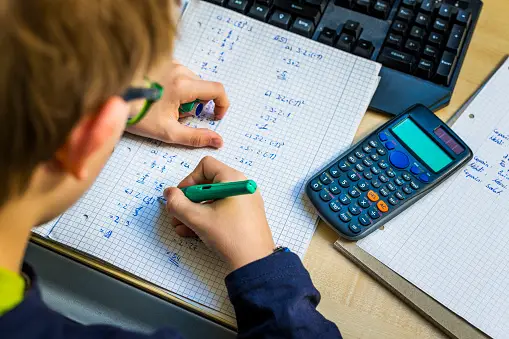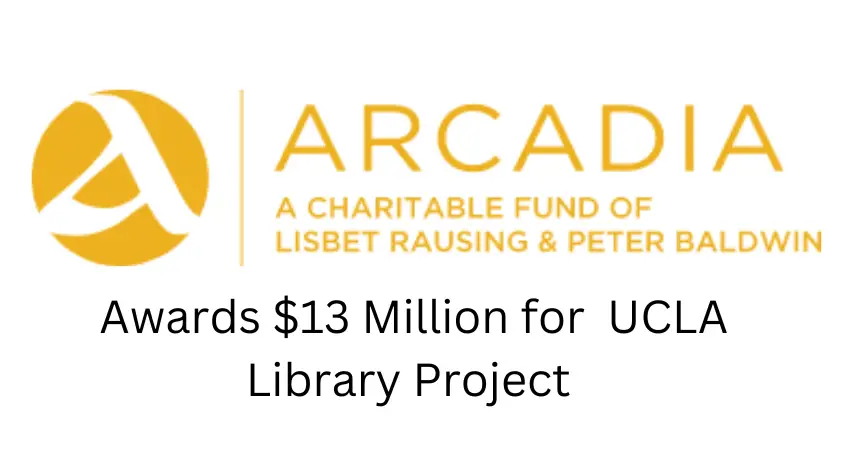The Bill & Melinda Gates Foundation has announced intentions to invest $1.1 billion over four years to enhance K–12 math instruction and close achievement disparities that have been exacerbated by school cancellations due to the COVID–19 outbreak.
We made the announcement that we will focus more on math a year ago. Since then, we’ve spent time determining where we can most effectively promote math education. Our work with Networks for School Improvement has demonstrated to us the urgency and requirement of giving teachers access to high-quality instructional materials, particularly in math, that keep students engaged and practices that help foster a shared vision of excellent instruction throughout a school system.
More information on our approach to our work over the next ten years is being released today. For all kids, but especially for Black and Latino students and students from low-income households who frequently lack access to high-quality curricula, qualified teachers, tutoring, and other supports, we are going to increase our investment in math education. Students develop their critical thinking and problem solving skills in the math classroom, preparing them for success in the future. But far too many students nowadays feel uncomfortable in math classes. They don’t comprehend the connection between arithmetic and their daily lives and view math as a subject to “get through” as opposed to investigate.
The most recent National Assessment of Educational Progress results underscore the need to support students and teachers in new ways, by building on educators’ professional expertise and providing new technology.
In order to give students more options that are related to their job interests and objectives, we’ll also be working with our math pathways partners to better synchronize math course sequences between K–12 and higher education. And we’ll keep putting an emphasis on R&D to help put what we know about what works into action and improve learning. This approach is based on the notion that math is important for all kids. To assist modernize the math classroom, better equip math teachers, and strengthen support systems that position kids for success in middle school, high school, and beyond, we will spend the next ten years collaborating with partners.
Our vision includes a plan to ensure:
- Students have high-quality, engaging math curriculum that includes real-world problems and engages students’ curiosity, motivation, and sense of belonging;
- Teachers are supported with job-embedded, sustained professional learning; and
- School districts are implementing the practices, protocols, and systems changes most essential for supporting strong math instruction.







I don’t think the title of your article matches the content lol. Just kidding, mainly because I had some doubts after reading the article.